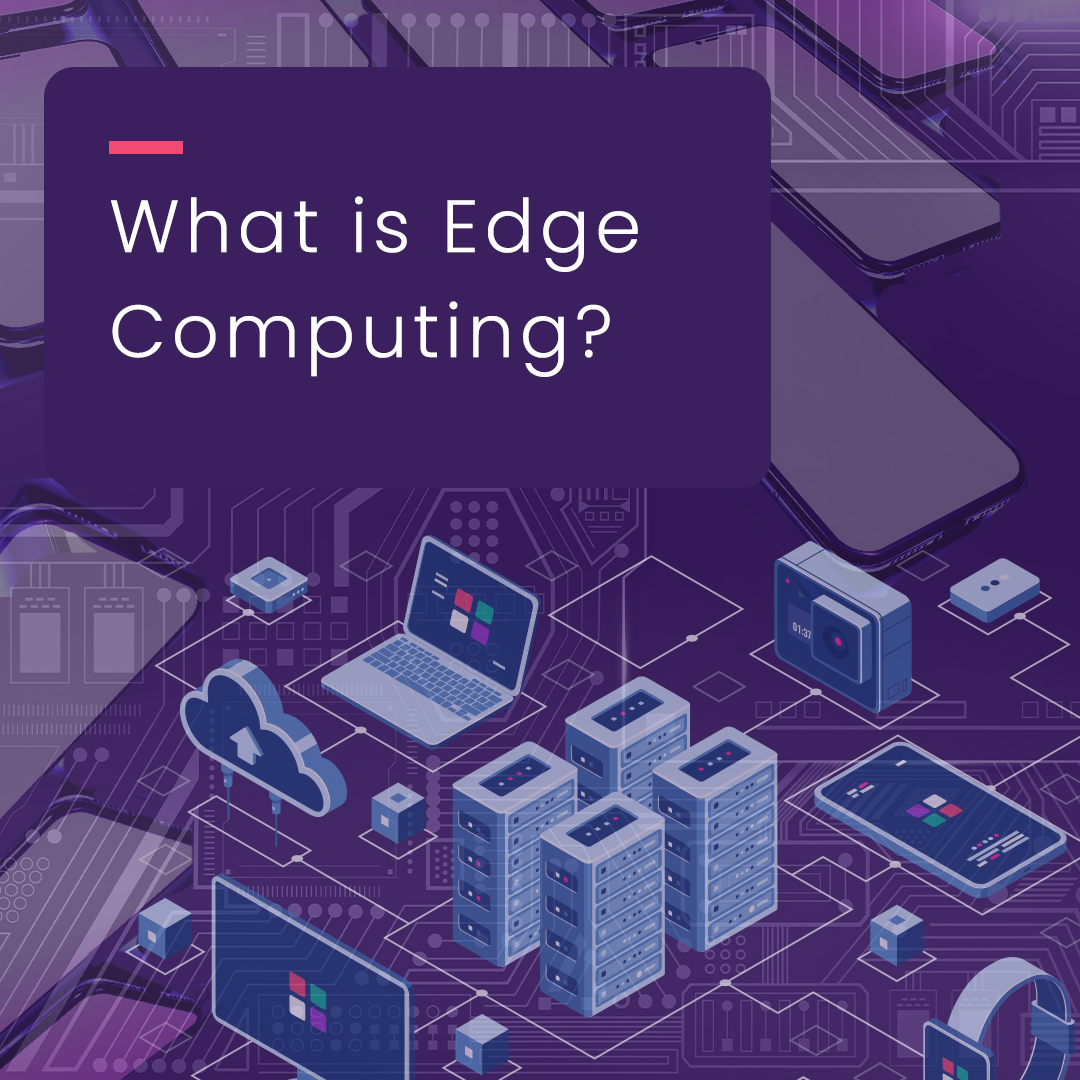
Edge Computing is a distributed computing model where data is processed and analyzed closer to its source, such as on IoT devices, sensors, or local servers, rather than relying on a centralized cloud or data center. This approach reduces latency, improves response times, and minimizes bandwidth use by handling critical processing tasks locally.
Key Characteristics of Edge Computing
- Proximity to Data Source: Computing resources are located near the devices generating data, such as a factory floor, retail store, or vehicle.
- Real-Time Processing: Data is processed almost instantly, making it ideal for applications requiring immediate responses.
- Decentralized Architecture: Unlike traditional centralized cloud models, edge computing distributes processing across multiple locations.
How Edge Computing Works
- Data Generation: Devices like IoT sensors, cameras, or smart appliances generate raw data.
- Local Processing: Edge devices (e.g., gateways, micro data centers) process and analyze this data locally, filtering or summarizing it.
- Data Transfer: Only necessary or processed data is sent to a central cloud or data center for further analysis, storage, or reporting.
Benefits of Edge Computing
- Reduced Latency: By processing data locally, edge computing eliminates delays caused by transferring data to remote servers.
- Bandwidth Savings: Reduces the need to send large amounts of raw data over networks, cutting costs and minimizing congestion.
- Improved Reliability: Systems can continue functioning even during internet disruptions.
- Enhanced Privacy: Sensitive data can be processed locally, reducing the risk of breaches during transmission.
Applications of Edge Computing
- Autonomous Vehicles: Real-time processing of sensor data for navigation and safety.
- Smart Cities: Traffic management systems, public safety cameras, and environmental monitoring.
- Healthcare: Wearable devices that process patient data locally for quicker alerts.
- Retail: In-store analytics for customer behavior and inventory management.
- Industrial IoT: Predictive maintenance and automation in factories.
Comparison with Cloud Computing
- Cloud Computing: Centralized processing; best for tasks requiring large-scale resources and storage.
- Edge Computing: Decentralized processing; ideal for real-time, latency-sensitive applications.
In summary, edge computing complements cloud computing by handling tasks locally, making it a critical enabler for applications like IoT, autonomous systems, and smart technologies.




